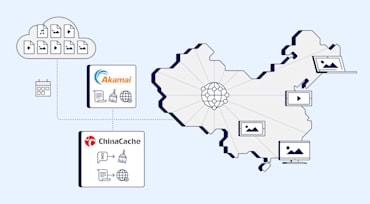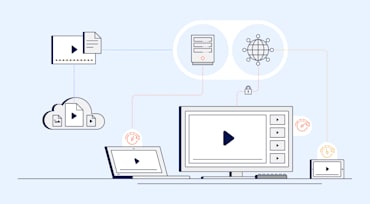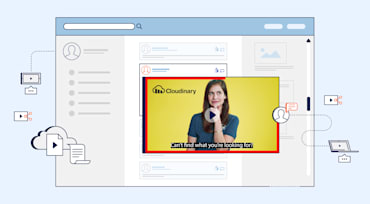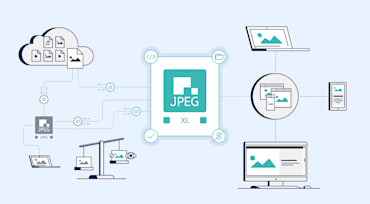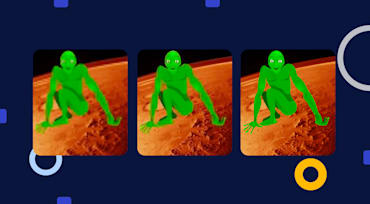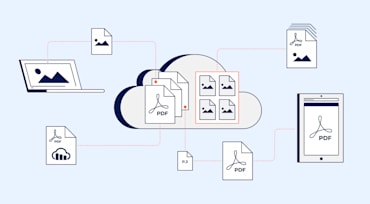In February 2018, Cloudinary announced its support of content delivery through CDNs [content delivery networks] in China. With this offering, we announced the ability to support features like automatic format f_auto, DPR selection dpr_auto and authentication (using token and cookies). This post elaborates on the CDN options available to you and the related setup requirements.
